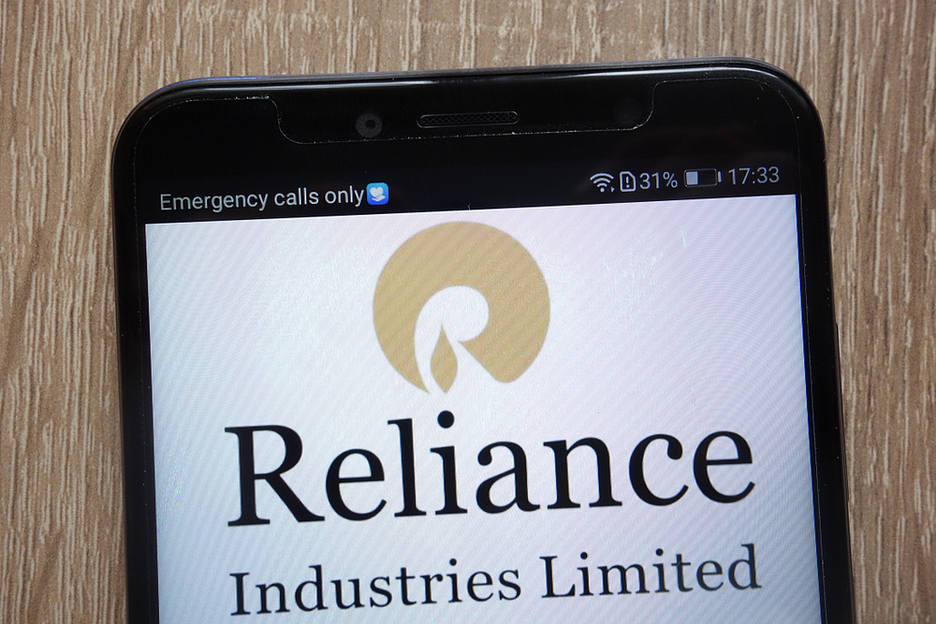For example, for the community of the deaf and hard of hearing, Apple brings live subtitles to the screens of its devices, the iPhone manufacturer announced on Thursday for the “World Day of Accessibility”. This would make it easier for users to follow audio content – regardless of whether they are on the phone, using a video conference or a social media app, streaming media content or chatting with someone next to them. The live subtitles will initially only be offered in English. When they will be available in German is still open. Google introduced a similar feature for its Pixel smartphones last fall. Improvements and new features At the Google I/O developer fair, further improvements for the Android mobile system were announced last week in order to lower barriers for disabled people. Thus, a new version of the Lookout application was presented, which allows blind or visually impaired people to describe the content of photos. Lookout 3.0 focuses on photos from the news and social networks. The app can also read aloud texts that can be seen in the picture. The “Live Transcribe” app has also been significantly improved, with which spoken language can be converted into writing and everyday sounds such as a doorbell can be recognized. Apple also introduced the “Door detection” function. “This allows blind and visually impaired people to better navigate the last few meters to their destination,” said Sarah Herrlinger, who is responsible for accessibility at the group worldwide. For example, the application reports whether a door is open or closed, which signs or indications are all around and whether you have to push the door open, pull it open or press a button. The “door recognition” can be called up via the iPhone’s magnifying glass app. On the occasion of the “World Day of Accessibility”, however, experts also pointed out that some everyday household appliances such as ovens, toasters, washing machines or even kettles are becoming increasingly difficult for the disabled to operate. For example, manufacturers would replace conventional switches or rotary knobs on the devices with touch screens that are not designed to be barrier-free. In some cases, such devices can also be operated by disabled people if there is an associated smartphone app that can read the temperature or the set program, for example, in ovens, said Artur Ortega, software architect of the British healthcare provider Babylon Health. “But for this, the apps must also be designed to be barrier-free.” In contrast to manufacturers from the USA, where accessibility is required by law in many cases, there is a considerable need to catch up, especially for manufacturers from Germany.









